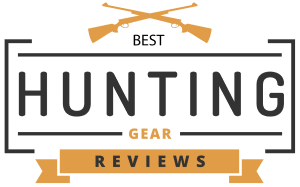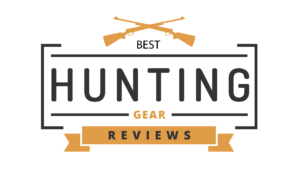Gun ownership is a big part of the American identity, and it is deeply rooted in our hunting culture. If you use your rifle for hunting you know how vital a trigger is to a successful hunt.
You don’t want a trigger so light that it fires at just a slight touch. Neither do you want one too heavy to fire quick follow-up shots. This article covers all you need to know about hunting rifle trigger pulls and also provides advice on choosing the right hunting gear.
Best Warm Hunting Clothes
When you are out hunting, you require as much comfort as you can get. You need warm hunting gear like a sweatshirt to keep the cold out. You also need comfortable hunting boots, and a headlamp flashlight to safely navigate the woods in the dark, and for extra safety, it’s also a good idea to hunt with a partner.
What Makes a Good Hunting Rifle?
Likewise, you should have a rifle that’s comfortable to carry, aim, and fire. The comfort of your hunting rifle starts with its fit. Just like you would not wear the wrong sized boots, you should not carry a gun that’s too heavy, long, or bulky for your style of hunting.
The length of pull needs to be sufficient for you to comfortably get to the trigger. Fit is personal, and you may need to try out different rifles to get the perfect fit for you.
It’s also important to consider your budget and hunting style. Hunting rifles come is a range of sizes with lever action, bolt action, and semi-automatic being the three types. Shotguns are excellent for bird hunting, while rifles are superior for taking down large game.
Phases of a Trigger Pull
If you’re new to shooting, a trigger pull or squeeze is the pressure one applies to a trigger to shoot. It’s also the weight that will result in the full motion of the trigger of a cocked gun. This motion has three phases: take-up or pre-travel, break, and over-travel.
Pre-travel is that looseness you feel just when you start pulling the trigger. You need very little force to get through it, and it could feel rather spongy. As soon as you hit the wall and your finger starts to feel increased resistance. At this point, the trigger releases the hammer or topples the sear. Your type of firearm and trigger will determine the sensation you get when you hit the wall.
Striker-fired handguns have softer walls because the trigger compresses and releases a spring. Hammer-fired rifles have more rigid walls since the trigger trips a sear, which forces the hammer to fall. A trigger press is your final opportunity to instruct your gun directly. Immediately you hit and break the wall, your firearm begins cycling rounds. If you are using a semi-auto, the mechanical movements progress automatically until the cycle is finished.
Rifle Trigger Pull Weight
The pull weight of a trigger is the amount of pressure needed to complete the pre-travel and break the wall. In single-stage triggers, a pull-weight of four pounds means you must apply that much pressure after you start getting considerable resistance from the trigger to fire a bullet. The pre-travel distance may be up to an eighth of an inch. However, since the force you need to make the trigger cover that distance is negligible, it is not factored in the pull weight
For two-stage triggers, this rating is divided into two. A four-pound rating will typically mean 2.5 pounds until you get to the wall, then 1.5 pounds for the second stage that releases a cartridge.

Trigger Travel
Travel is the distance your trigger has to move backward before your gun fires or breaks the wall. Some specialized triggers are made not to have rigid, palpable walls. An example is the Geissele Super 3-Gun (S3G) Trigger. The S3G is designed for a seamless, consistent pull with no tactile break. Pressure builds up gradually through the trigger travel distance and suddenly drops when the hammer falls. Any distance your trigger covers after this is called an over travel.
An over-travel is not bad. However, too much of it would increase the reset, making it slower and harder to fire follow-up shots.
Reset is the distance your trigger has to cover back to the wall after a shot is fired. Many modern gun triggers have audible clicks at the reset point, alerting you that you can take your next shot. On two-stage triggers, reset occurs when the trigger gets back to the start of the second phase, not the first one. On single-action triggers, it happens when the trigger gets back to the wall, not its resting position.
The Ideal Trigger Pull for a Hunting Rifle
Having covered the critical elements of trigger pull and a great hunting rifle, you should have an easier time selecting the perfect trigger for your hunting rifle. Heavy triggers or those with extra creep could substantially impact the accuracy of your firearm.
To break the wall and fire a round, you may need to apply a lot more pressure than desired. The gun can then jerk away from the target when the shot is fired.
How to Stop Rifle Flinching
The most common cause of flinching is when a shooter unintentionally anticipates when the trigger will break the wall. That usually occurs when pulling heavy triggers.
For most hunters, a trigger pull of three pounds should work fine. It is not too heavy to cause a strain, and not too light to go off at the faintest touch. What you need is a trigger that breaks crisp and clean without excessive backlash or creep.
Best Trigger Pull For Hunting
Trigger pull is a personal experience, and that recommendation may not suit everyone. Fortunately, the market has a variety of quality rifle triggers from which you can choose. Try as many as you can until you find a perfect fit.


